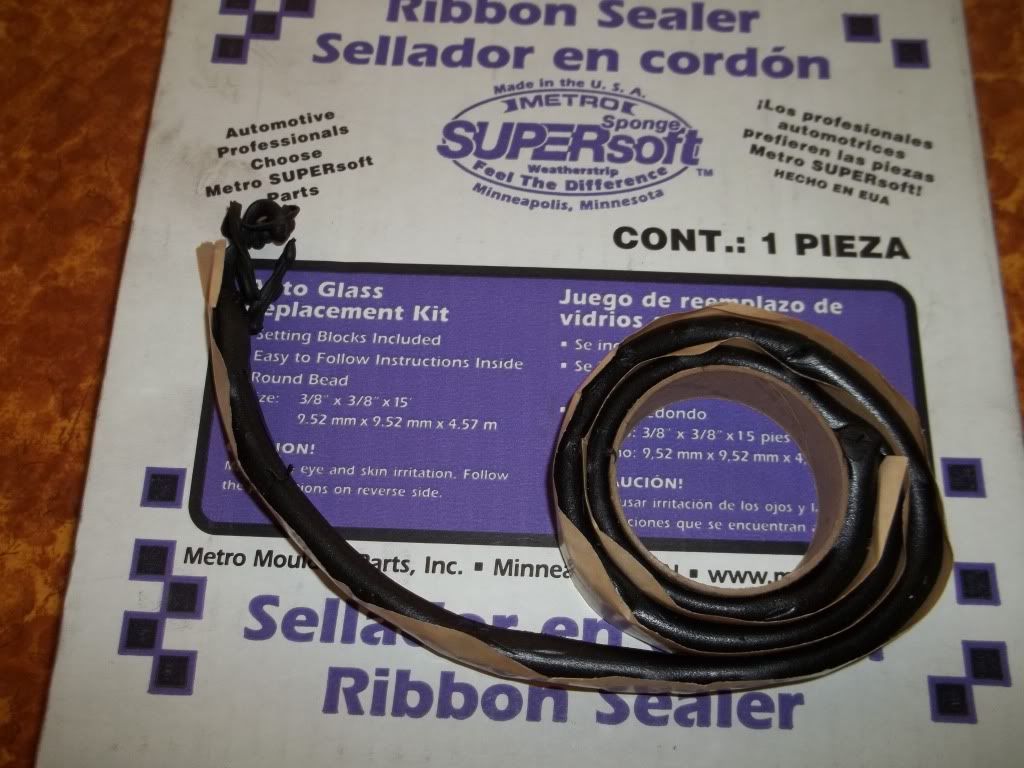(a little venting here)
Crap that you learn when a previous owner doesn't shoot straight and you buy a car in a dry climate that sees little rain (i.e. So Cal).
I kept noticing water leaks whenever I ran a hose over my bucket of bolts. Quite a bit on both front carpets, and a little behind the passenger seat. Swapped in all new door weatherstrips and that didn't help a bit. Scratching my head, I inspected both vent kick panels and neither one was sealed! Bolted loosely but no caulking...water enters the cowl vent and spills to either side of the inner cowl/fender, bringing fresh air AND water. New kick panels on order from OPGI (with the proper caulking ribbon and fresh fasteners...the works).
And the rear glass is leaking. Has anyone popped these out and fixed themselves, or am I better off just buying the glass from OPGI and having a glass pro install it? I'm considering a fresh windshield while I'm at it...can't determine if I'm getting any leakage from the base of that...hard to tell).
Appreciate any advice others can provide on sealing the car properly from the elements. Water is great when it's on the OUTSIDE!
-Dean
Crap that you learn when a previous owner doesn't shoot straight and you buy a car in a dry climate that sees little rain (i.e. So Cal).
I kept noticing water leaks whenever I ran a hose over my bucket of bolts. Quite a bit on both front carpets, and a little behind the passenger seat. Swapped in all new door weatherstrips and that didn't help a bit. Scratching my head, I inspected both vent kick panels and neither one was sealed! Bolted loosely but no caulking...water enters the cowl vent and spills to either side of the inner cowl/fender, bringing fresh air AND water. New kick panels on order from OPGI (with the proper caulking ribbon and fresh fasteners...the works).
And the rear glass is leaking. Has anyone popped these out and fixed themselves, or am I better off just buying the glass from OPGI and having a glass pro install it? I'm considering a fresh windshield while I'm at it...can't determine if I'm getting any leakage from the base of that...hard to tell).
Appreciate any advice others can provide on sealing the car properly from the elements. Water is great when it's on the OUTSIDE!
-Dean





